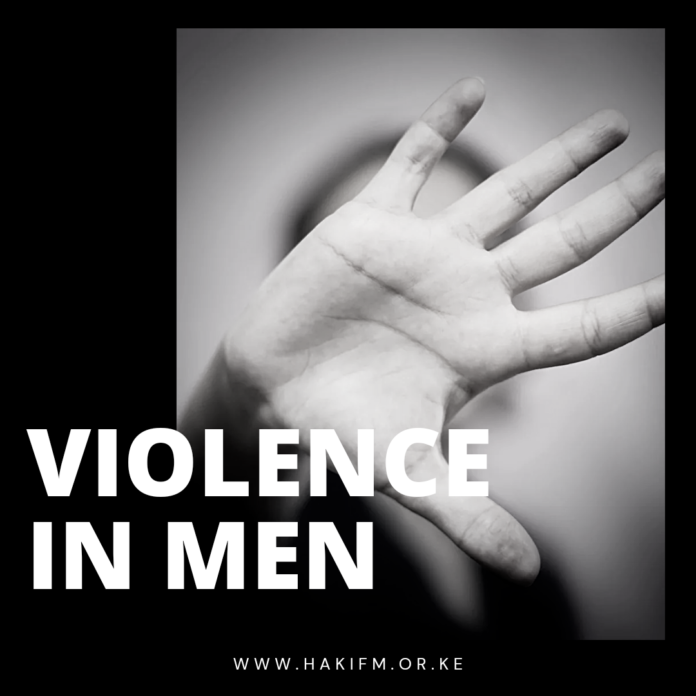Domestic violence is not a new term especially to Kenyans. Numerous cases in relation to domestic violence have been reported by the media, activists, police and numerous cases in respect to the same are pending in our Courts.
Pursuant to the domestic legislative framework (Protection against domestic violence act), domestic violence is defined as abuse that manifests in the following manner:child marriage,female genital mutilation, forced marriage, forced wife inheritance, sexual violence within marriage, virginity testing, widow cleansing, damage to property, economic abuse, emotional and pyschological abuse, physical abuse, verbal abuse, or any other conduct against a person that may pose imminent harm to the safety, health or well being of an individual within a domestic set-up.
An act or omission qualifies as domestic violence if the same occurs within a domestic relationship set up. Instances where domestic relationship is inferred include but not limited to the following: instances where parties to a dispute are married to one another or were married to one another; instances where parties live in the same household; or instances where parties have had a child together.
However, household in this context should not be interpreted to mean landlord-tenancy relationship or employer-employee relationship.
For the longest time, women have borne the brunt of domestic violence owing to their high levels of vulnerability and power imbalance as measured against men. This is not to say men who do not suffer from domestic violence. They do. Just that they hardly report these cases.
Within the African society context, men are socialized and considered heads of the family and expectations accompany such a coveted position including familial related responsibilities.
By and large society has unconsciously defined the dos and don’ts in relation to how men should conduct themselves. For instance, a man crying is a manifestation of weakness.
Resultantly, men suffer both physical and psychological abuse from women and opt to keep it under wraps lest the society laughs at them for being meek and emotional.
The framers of Protection Against Domestic Violence Act were alive to the manifestation of domestic violence against both men and women.
To this end, they prescribed a safeguarding mechanism to protect against intimidation and/or harassment of any individual that reports cases of domestic violence. The idea was to promote tolerance and human dignity.
While the Act empowers community members as ambassadors against domestic violence, law enforcers as enablers to a harmonious society, and the court as the justice defenders; rarely are matters preferred in court in the name of Protection Against Domestic Violence Act.
Police prefer to lump up acts of violence as assault on the strength of the Penal Code. Civil Education remains our true and only refuge in the fight against domestic violence act.
Equally the police should advise the victims of such violence on relief measures, on the rights to apply for relief and how to lodge a criminal complaint.


